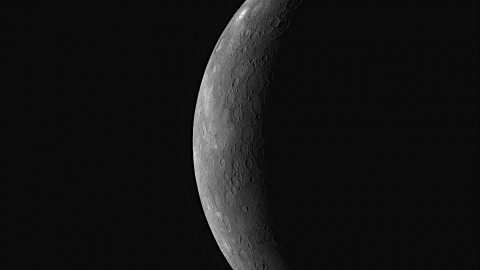Peggy Whitson’s first space mission took place in 2002 aboard the International Space Station’s Expedition 5 as a flight engineer. In 2007, Whitson returned to the International Space Station aboard the Expedition 16 mission as the commander, which made her the first woman commander of the International Space Station. Whitson’s third and final trip to the International Space Station was aboard Expedition 50/51 whereby she was again the commander. This in turn made her the first woman to be commander of the International Space Station twice. During Expedition 50/51, Whitson became the oldest woman to ever travel to space at 57 years of age. Over the course of her career as an astronaut, Whitson has spent the most time in space for any woman at a total of 665 days. In addition to this, Whitson was also the first woman to be appointed to the position of Chief of the Astronaut Office at NASA in 2009.
Whitson holds a doctorate degree in biochemistry, with her thesis topic being “The lactose repressor-operator DNA interaction: chemical and physical studies of the complex (modification, equilibrium, protein, stopped-flow, kinetics).” Throughout her career, Whitson has also worked as a research scientist with NASA in the fields of biochemistry and medical sciences. She received her doctorate degree in 1986 and worked at NASA-JSC in the Biomedical Operations and Research Branch in biochemistry research from 1989 to 1993. When she was selected as an astronaut candidate in 1996, she was working at the Johnson Space Center as the deputy division chief of the Medical Sciences division.
The Expedition 5 mission consisted of the astronauts continuing scientific investigations aboard the ISS as were begun by the previous mission, as well as carrying out around 25 new investigations. These investigations included investigating the growth of soybeans in space conditions, investigating the effects of spaceflight on the human body, and making observations of Earth from the ISS viewpoint. During the re-entry to Earth from Expedition 16 on the Soyuz TMA-11 spacecraft, a malfunction led to the astronauts experiencing forces of around 10 G due to a very disorderly descent. Despite this, all astronauts were in good health upon landing. Expedition 50/51 involved investigating the growth of vegetables in the NASA Vegetable Production System, such as Chinese cabbage. It was during Expedition 50/51 that Whitson broke the record for the most time spent in space.










